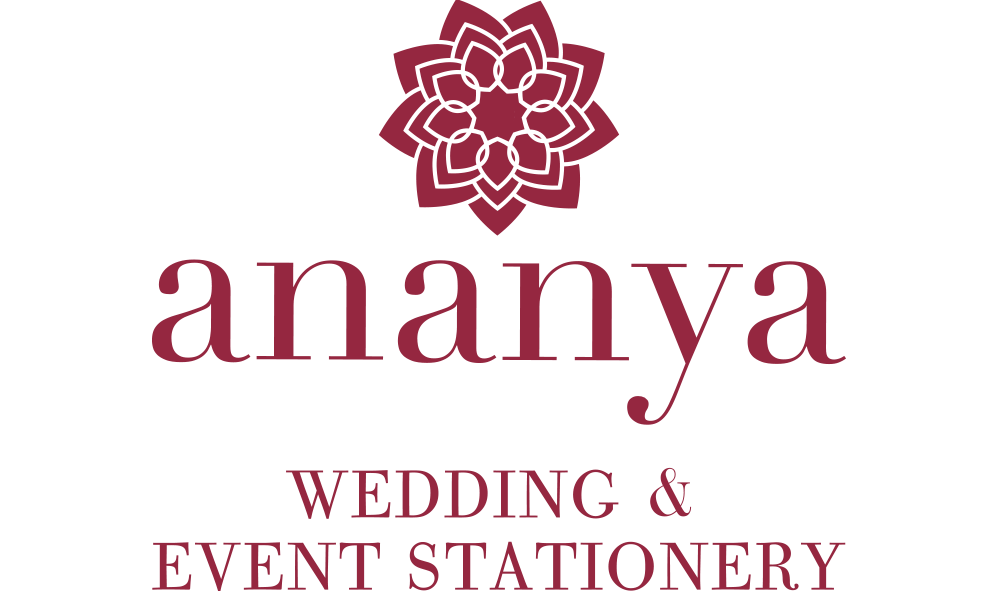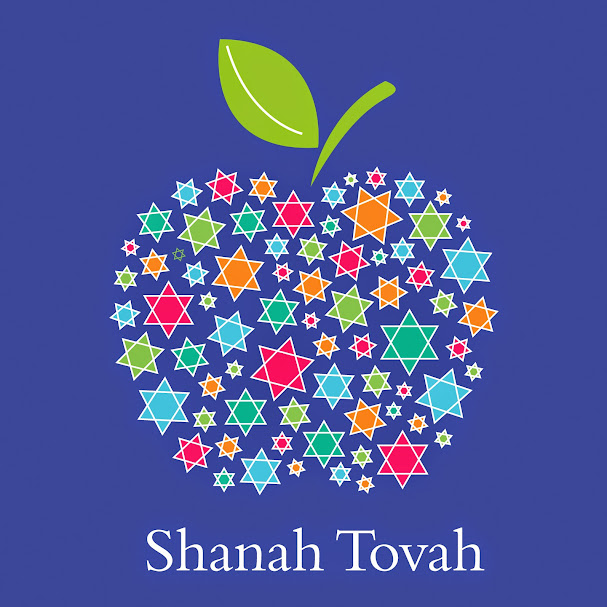Your invitations are the shop window for your wedding day. When that beautifully crafted envelope drops through the letterbox of your guests, it speaks volumes about the sort of wedding you've planned, the style, the mood, and even the venue. So, it’s essential to ensure your wedding invitations are absolutely right.
It’s not just about perfecting the design; timing, wording, and etiquette all matter, too. For those planning a luxury wedding in cities like London or Dubai, for example, attention to detail is key.
So here's our list of 10 things you shouldn't do when it comes to your wedding invitations.
Photo credit: Valery Studio
1) Not sending a Save the date card
Gone are the days of simply sending invitations a couple of months in advance. With people living abroad, travelling frequently, or juggling busy jobs, Save the date cards have become more important. For destination weddings, especially in luxury hotspots like Italy or Dubai, it’s essential to give guests enough notice.
While it's ideal to send a physical card (matching your wedding stationery style), digital options like e-save the dates are fine. But whatever you do, do give people notice of your wedding date well in advance if you want to be sure that they're going to be free to come.
2) Leaving your invitations until the last minute
While off-the-shelf stationery may seem convenient, bespoke luxury wedding invitations are more impressive and personal. Give your stationery supplier as much time as you can to create your custom invitation design. Allow yourself time to address envelopes, track down where the invitees are living and get the whole lot posted so they arrive about 2-3 months before the wedding celebrations. For more tips on timing, check out our blog Wedding Stationery Timings: A Useful Guide.
Photo credit: Martina H.
3) Not including RSVP details
Always ensure you include clear RSVP instructions. Whether it’s via post with a reply paid card, email, or a wedding website, your guests need to know how to respond and who to contact. For destination weddings, it's especially important to provide this information upfront, as guests may need to make travel arrangements and accommodations well in advance.
4) Forgetting to stamp your envelopes
It does happen! Your invitation may get to its destination if you're lucky but your invited guests will have to pay postage which isn't a good start. Same goes for underpaid postage - check how much it's going to cost for your invitation to reach its destination, bearing in mind its weight, size and how quickly you want it to arrive.
Always check with the post office how much your invitations will cost to mail. Having your guests pay for underpaid postage at their end does not set the greatest first impression of your big day!
Photo credit: Martina H.
5) Not putting guests' names on invitations
People need to know who is invited - can they bring their partner or not? Otherwise they might just turn up with a plus one. In addition, it's correct etiquette to send children over 18 their own wedding invitations - don't just put 'and family' - they are adults now and deserve to be treated as such.
6) Not proofing the invitations properly
Check, check and double check your spelling, capital letters and grammar. Typos or missing information can be disastrous for luxury wedding stationery. Ask somebody else to proofread the invitations if this isn't your forte. Oh and make sure you've included the date, time and venue details. Seriously, people have forgotten this crucial information.
7) Ordering one invitation per guest
It's standard practice to send one invitation per household, not per individual (although see note 5 above re young adults). So you don't need as many invitations as there are guests, although we always recommend at Ananya Cards to make sure you have 10% extra invitations on hand in case of last-minute changes or additional guests.
8) Not mentioning a dress code
Whether you’re having a black-tie affair in a 5 star London hotel or a more relaxed celebration at a Dubai beach resort, always specify the dress code. If you're having a multicultural wedding, different traditions may call for specific attire, like morning coats or traditional Indian dress. It's important to clarify the dress code so your guests don’t feel out of place and won't enjoy your wedding as much as you want them to. If you'd like tips on planning for multicultural weddings, check out our blog on the subject.
9) Addressing the children question
Tricky one this. You may not mind having children at your wedding or you may want it to be a child-free zone. For multicultural weddings for example, different traditions may have varying expectations for children attending. You can politely mention this on your invitations and reach out to guests who might have concerns, inviting their children or explaining that it’s an adults-only event. Consistency is key - don’t allow some guests to bring their children while asking others not to.
10) Thinking you can DIY all your wedding invitations
It's a lovely idea but a real time commitment, especially for larger Indian weddings. Maybe if you're having a small wedding of around 30 guests. But do you really want to be handcrafting 300 invitations yourself. Seriously?
For luxury weddings with 100+ guests, DIY invites can quickly become overwhelming. Instead, entrust a professional wedding stationer to handle the design and print, ensuring the process is smooth and stress-free.
If you’d like to explore your wedding stationery options, whether you're in London, Dubai, or beyond, please feel free to contact us. We specialise in bespoke luxury wedding invitations that will set the tone for your special day, right from the moment your guests receive them.
Until next time,
Vaishali x


















